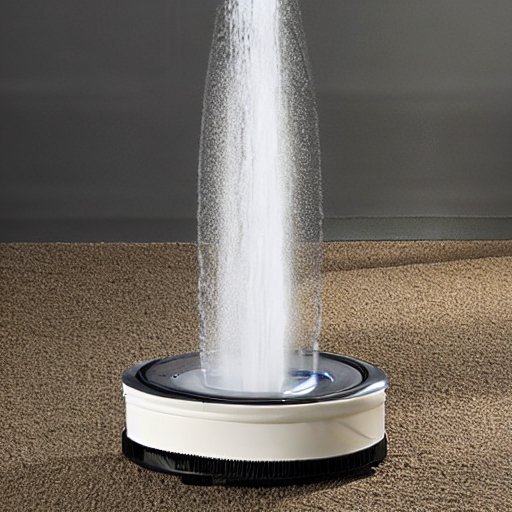- cross-posted to:
- [email protected]
- cross-posted to:
- [email protected]
ETH Zurich researchers have developed a groundbreaking “living material” that actively captures carbon dioxide from the atmosphere through two mechanisms: biomass production and mineral formation[1][2].
The material combines cyanobacteria (photosynthetic bacteria) embedded within a printable hydrogel matrix. The cyanobacteria convert CO2 into biomass through photosynthesis while simultaneously triggering the formation of solid carbonate minerals - a process called microbially induced carbonate precipitation (MICP)[1:1].
Key achievements of the material include:
- Sequestered 2.2 mg of CO2 per gram of hydrogel over 30 days
- Captured 26 mg of CO2 per gram over 400 days in mineral form
- Maintained viability for over one year
- Required only sunlight and artificial seawater to function
- Can be 3D printed into various structures[1:2]
The research team demonstrated practical applications by creating:
- A 3-meter high tree-trunk structure at the Venice Architecture Biennale that can bind 18kg of CO2 annually
- Building facade coatings that could capture carbon throughout a building’s lifecycle
- Lattice structures that passively transport nutrients through capillary action[2:1]
“As a building material, it could help to store CO2 directly in buildings in the future,” said Mark Tibbitt, Professor of Macromolecular Engineering at ETH Zurich[2:2].
The material represents a low-maintenance, environmentally friendly approach to carbon capture that operates at ambient conditions using atmospheric CO2, contrasting with industrial methods requiring concentrated CO2 sources and controlled conditions[1:3].
So, artificial stromatolites. That’s a lot better than other ideas I’ve seen.
Engineering with biological material could be the next big thing in Green technology.



